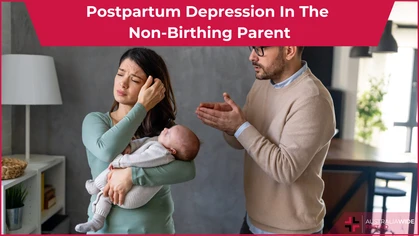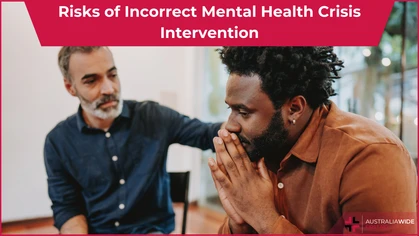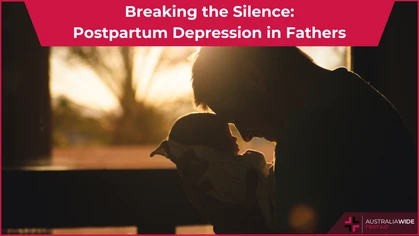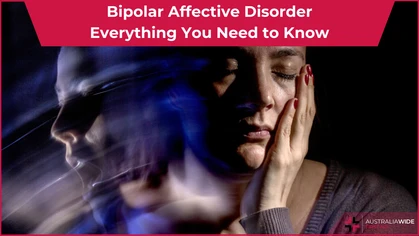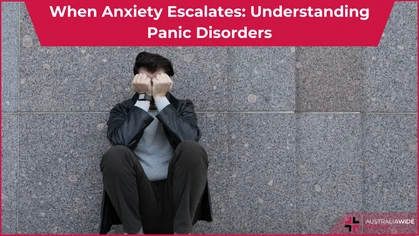Mango Madness – When Mental Health Declines in the Tropics

Mental Health
 Mental health can be influenced by every aspect of our lives, and the weather is no exception.
In climates far away from the equator, particularly in northern Europe, the continued lack of sunshine and warmth can lead to seasonal affective disorder (a type of depression).
In places closer to the equator with humid environments, like Darwin here in Australia, the onset of monsoon season can see people suffer from a tropical seasonal affective disorder known as ‘mango madness’.
Mental health can be influenced by every aspect of our lives, and the weather is no exception.
In climates far away from the equator, particularly in northern Europe, the continued lack of sunshine and warmth can lead to seasonal affective disorder (a type of depression).
In places closer to the equator with humid environments, like Darwin here in Australia, the onset of monsoon season can see people suffer from a tropical seasonal affective disorder known as ‘mango madness’.
What is Mango Madness?
- Higher levels of:
- Anxiety
- Stress
- Hostility
- Irritation
- Aggression
- Insomnia
- Severe depression
- Fatigue
- Headaches
- Dehydration
- Fewer hours of sleep
- Reduced appetite
- Lower energy levels
- Poorer decision-making skills
- Lower productivity
Impact on Mental Health
Consistently high temperatures and humidity levels have a distinct impact on mental health, as well as on physical health. When the temperature increases to uncomfortable levels, our body starts to sweat. The sweat evaporates off our skin into the air in a process that cools our body temperature back down again. That’s why you sweat more the hotter it gets. Humidity refers to the amount of water vapour in the air – the higher the humidity, the more water vapour there is. Unfortunately for us, the higher the humidity, the less effective our sweat is. The air is already very moist, so absorbing more moisture from us can’t happen as effectively. That’s why we remain sweaty and can’t cool down when it’s very humid. This can lead to a whole host of issues for our bodies physically – raised core temperature can impact normal process and leave you feeling dizzy, nauseous, tired and uncomfortable. This in turn has an impact on your mental health. You can become irritated, angry, and less able to regulate your emotions. This in turn can lead to an increase in aggression, depression, and other impactful mental states. Trying to sleep in this state can be very difficult. Not only are you physically uncomfortable, but you are emotionally unwell – a combination that can fuel insomnia. This lack of sleep then feeds into the mental and emotional state of the following day, compounding the already-present challenges. It can be a vicious cycle. One of the most prominent, and dangerous, impacts of heat on mental health is an increase in irritation. This can lead to an increase in aggression, and in turn, violence, with the number of interpersonal violence related injuries skyrocketing during monsoon season. In fact, one study showed that hospitalisations for fractures were increased by 40 percent during October and November, and that 90 percent of facial fractures are caused by violence. While the links between humidity and mental health have not been a significant research focus until recently, we do know that globally the air is getting more humid. A study conducted here in Australia found that increased temperature and humidity increased the likelihood of a person reporting high or very high distress. When considered together, it appears that heat is the driving factor for distress, but the study authors note that when humidity increases in line with heat, the harmful effect of increasing heat on distress is approximately doubled. In hot months, when the average maximum temperature rises above about 29°C, high humidity is associated with (even) greater distress. Which means for cities like Darwin, who experience temperatures like this for more than 320 days of the year, people are far more likely to be affected. Together, a spike in heat and a spike in humidity lay out a real risk for the people of Darwin.Who is at Risk?
People living in topical climates are at the highest risk of mango madness. Tropical climates are defined by a monthly average temperature of 18 °C or higher in the coldest month, with high temperatures and high humidity throughout the year. These areas usually have high rain levels, with a rainy season and a dry season. Here in Australia, that includes the top of the country – places such as Darwin, Port Douglas, Townsville, Broome, and Cairns. Within these locations, people without access to cooling systems are at the highest risk of the troubling mango madness symptoms. This can include people who work outdoors (particularly trades workers), people from a lower socioeconomic background, and homeless people. These groups typically have little or no access to air conditioning during the hottest parts of the day, making their exposure the greatest and reducing their ability to have restful sleep at night.
How to Combat Mango Madness
The most effective way to combat mango madness is to combat the causes – heat and humidity. Air conditioning is the best way, as air conditioners reduce the heat while also reducing the humidity. Keeping hydrated is also incredibly important – you may be sweating more than you realise, and dehydration can creep up very quickly, exacerbating feelings of fatigue, irritability and confusion. Unfortunately for much of the population, personal air conditioning isn’t possible. In such cases, spending the hottest portion of the day indoors could help alleviate the worst of the symptoms. Understanding that the mental health symptoms you may be experiencing are a cause of your environment can be helpful. Anecdotal reports from Darwin show that many people get on each other’s nerves during monsoon season, and studies have confirmed that rises in aggression are linked to rises in injuries. Educating yourselves and others to the true factors at play may help dispel unusual tensions before they lead to violence. For physical complications, it is a good idea to keep an eye out for heat-related illnesses such as heat exhaustion and heat stroke. You can read more about them, including ways to combat and treat them, here. Even better, complete first aid training in Darwin to ensure you have the knowledge and skills to jump right in and help when someone is suffering.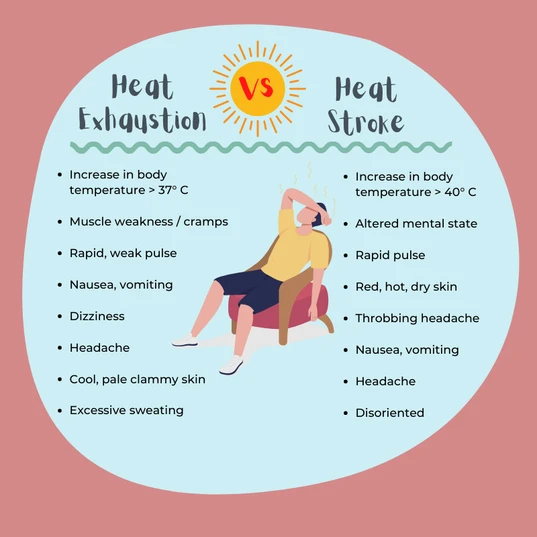
Final Thoughts
While the term mango madness might suggest an urban legend-style illness, the realities of the impacts of high heat and humidity on the physical and mental health cannot be overstated. Increased irritation, aggression, and depression can all stem from the inability to cool your body down, especially over a prolonged period.First Aid in Darwin
Darwin’s tropical climate, with its intense heat, high humidity, and seasonal storms, creates unique health and safety risks that make first aid training essential. Heat exhaustion, dehydration, and heatstroke are constant threats, particularly for outdoor workers, athletes, and the elderly. The region’s wet season also brings heavy rainfall and flooding, increasing the risk of injuries, infections, and water-related accidents. Knowing how to recognise and respond to these emergencies can prevent serious complications and even save lives. By completing a first aid course, Darwin residents can stay prepared for the challenges of living in a hot and unpredictable environment, ensuring their own safety and that of their community.Providing Mental Health Support
Providing support in the moment can be delicate. Our fully-online Mental Health Support course to give you the knowledge and tools you need to be able to assist someone who is experiencing poor mental health or is in a crisis. Completed from the comfort of your own home, earn your Certificate of Completion to give to your employer, put on your resume, or simply move forward with the knowledge that you can lend actual help to those who may need it.
Originally published at
https://www.australiawidefirstaid.com.au/resources/mango-madness
as part of the Australia Wide First Aid Articles Library

